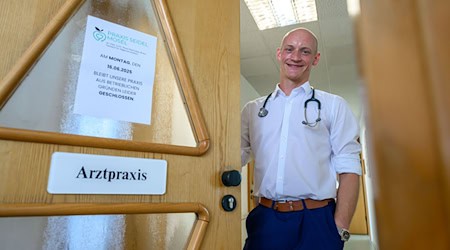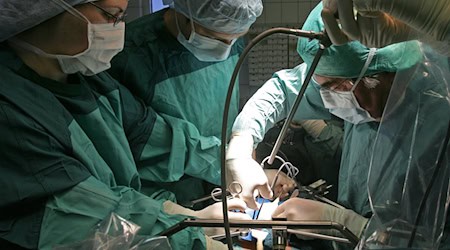Despite investments in training and image, the staffing situation in the care sector will also worsen in Saxony, according to the DAK care report presented on Tuesday. According to the report, the number of carers who need to be replaced due to retirement is increasing. "The gap is already closing, but the tipping point will only come after 2030," said a spokesperson for the health insurance company in Dresden. It is not possible to reliably predict when exactly the number of baby boomers retiring will exceed the number entering the workforce.
According to the DAK study, this year there will be 1972 new entrants to the workforce compared to 324 retirements, by 2027 there will only be 1075 entrants with 2150 exits and by 2030, 1548 retirements are expected - with 2150 entrants to the workforce. According to the care report, almost a fifth of the workforce (19.7 percent) will have to be replaced in the next ten years.
According to further information, there were 65,087 carers in Bavaria last year, 12,804 of whom were over 55 years old. The DAK spokesperson said that a great deal has been invested in upgrading the status and attractiveness of nursing care and making training more permeable. Capacity increased by almost 40 percent. According to the nursing report, the number of young people with newly concluded training contracts in 2020 was 3081 prospective professionals, and in the two years after that it was 3435 and 3360. Although the staffing situation is better than in other federal states, the number of graduates from nursing schools will not be enough to close the gap left by baby boomers leaving the profession in the future, the DAK spokesperson said.
Copyright 2024, dpa (www.dpa.de). All rights reserved










